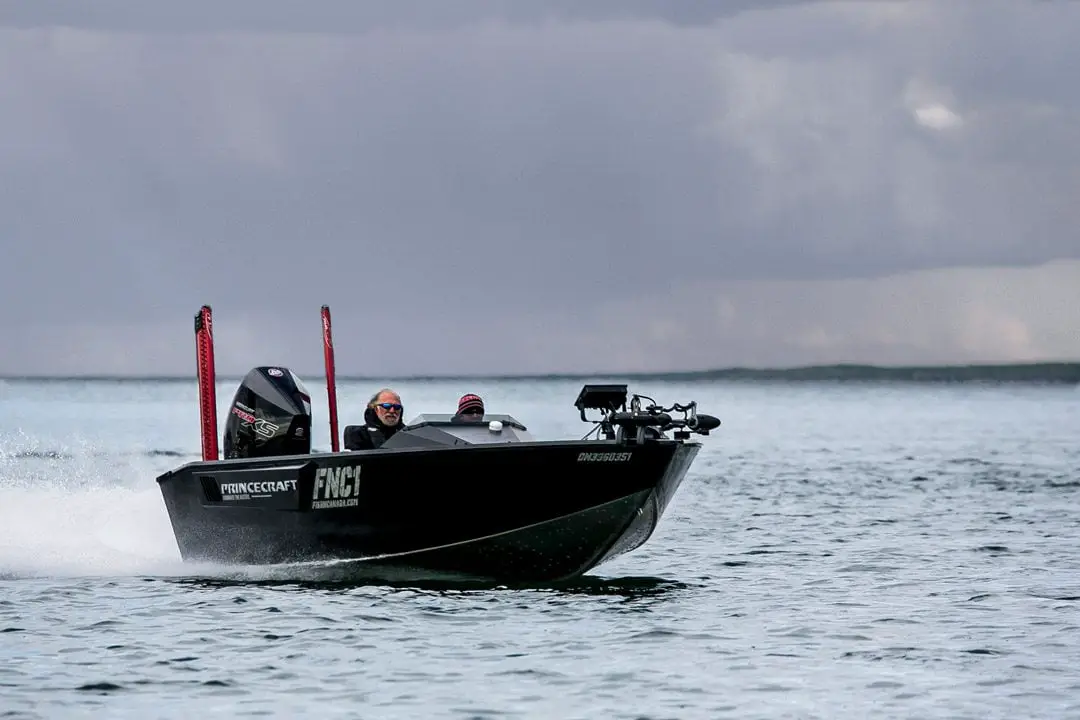Sponsored by Princecraft Boats
Driving a boat is second nature to guys like Ang and Pete, who, combined, have over a hundred years’ experience at the helm… wait…WOW are they that old??? Well with age comes knowledge so who better to ask about the boating do’s and don’ts than the boys of the Fish’n Canada show, here’s the top 10 boat driving tips from the experts.
01 – Learn All About Trimming
The trim feature on your vessel’s motor ultimately dictates the performance of your boat. If used properly it can improve fuel economy, ride, and comfort, speed as well as driver fatigue. It is not just to lift the motor to navigate shallow water.
In a nutshell, having your trim set all the way in the down position (negative), allows your boat to take off much better from a standing start.

This is called a holeshot. That negative angle on the motor keeps the bow of the boat pulled down towards the water’s surface, creating a better angle for take-off. In this position, the narrow nose of the hull easily carves through the water instead of plowing through the water with the wider mid-ship section of the boat.

However, once the boat’s attitude flattens out and you start ripping along nicely, trimming the motor up will lift the bow of the boat and trap air under the fatter or wider part of the hull reducing drag from the water, this is called achieving plain.

Finding this sweet spot on your trim control will increase speed and ultimately fuel economy.
We’ll go into this in more detail in an upcoming web piece.
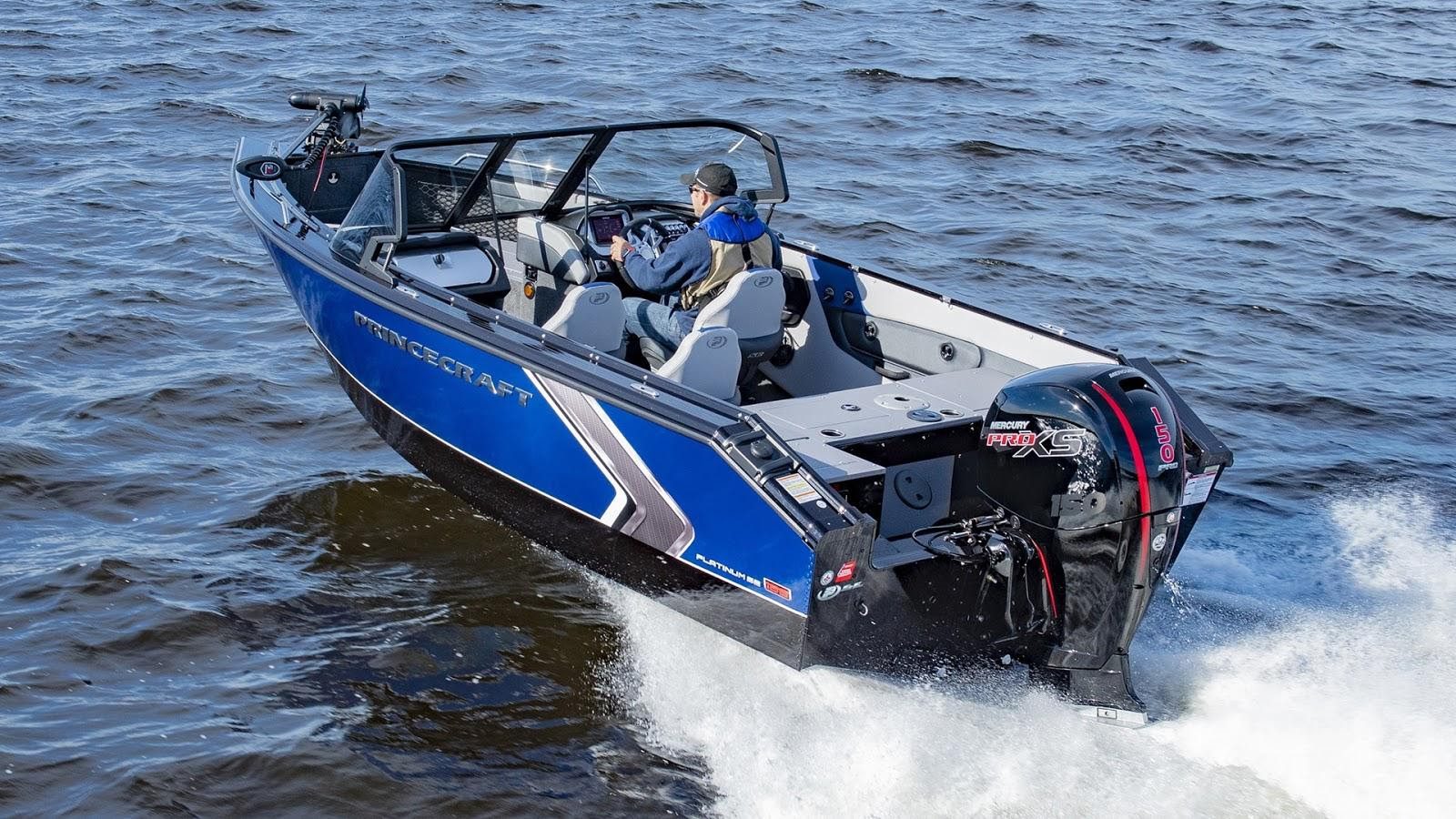
Simply put, trimming your motor is the absolute best way to make your sweet baby perform to its max!
02 – Reverse Gear = Boat Brakes
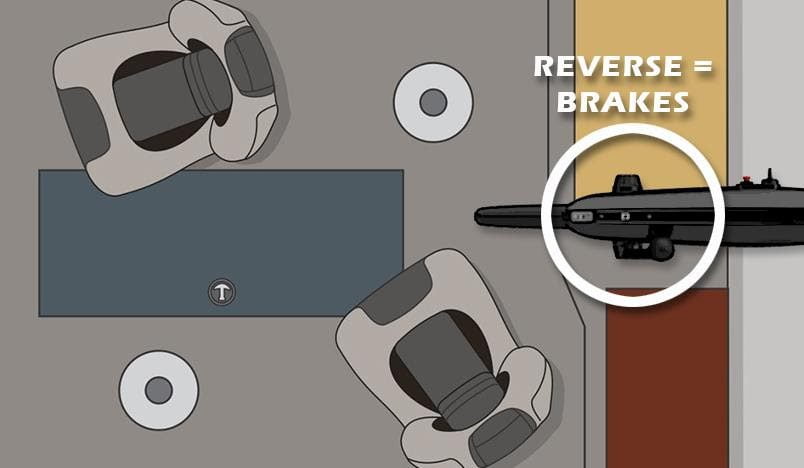
Have you ever watched a good boat driver put on a display of great boat driving? One of the keys in becoming a great captain is learning how to stop your boat; boat brakes if you will.
When moving forward at a slow pace, all one needs to do in order to stop the boat is to shift from forward to neutral and then to reverse, and then give the appropriate amount of throttle until the boat stops… and it will! Sounds odd, we get it, but it works like a charm.
03 – Fight The Wind With Predictive Moves
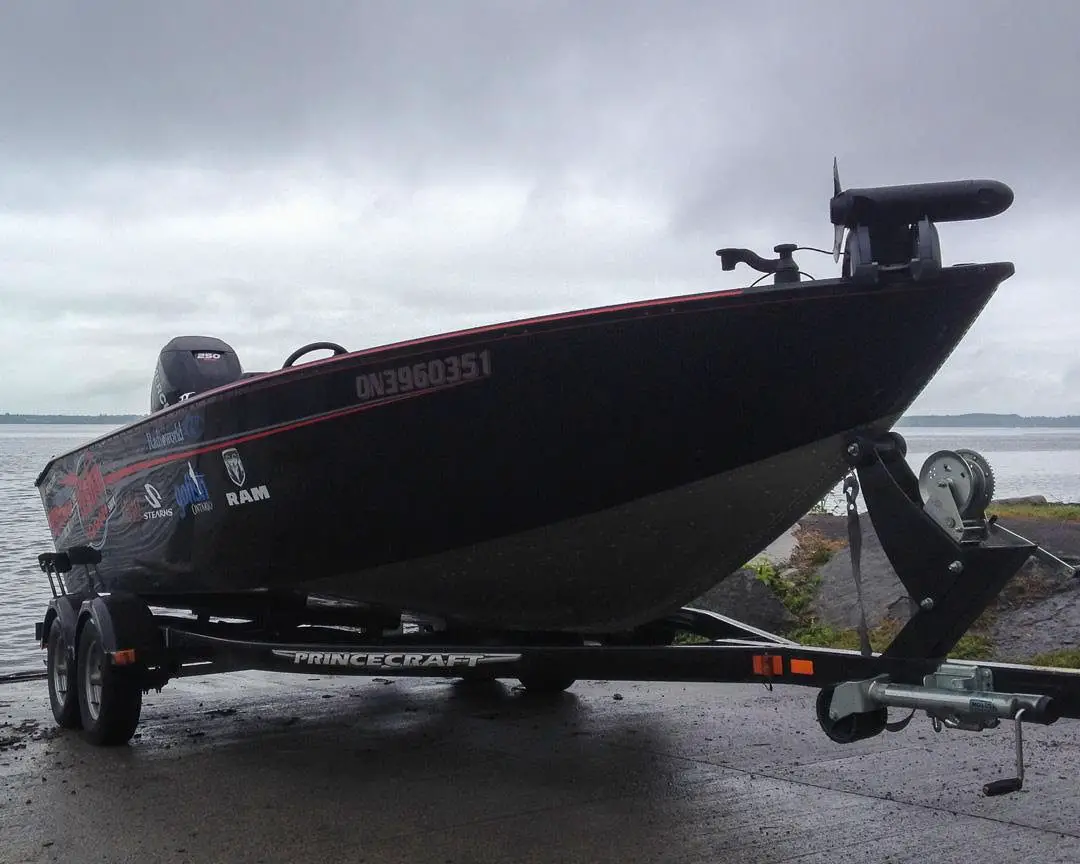
Inevitably the time comes when one needs to maneuver a boat up to a dock or a waiting trailer at the launch. In dead calm conditions, it is as simple as easing your way in with your motor. In windy conditions, however, you will need to “play the wind” much like a golfer would.
If the trailer is in the water and ready to go, and there is a right to left wind at the ramp, the boat driver should come in towards that trailer from right of center. Trust us, the wind will influence the path pretty much any fishing boat will take.

If you are coming in a bit too much to the right, put the boat in neutral for a second or two, the wind will help compensate.
If you are coming in too far to the left with the wind still pushing you further sideways, it is best to hit reverse and try the maneuver again.
04 – Running The Troughs
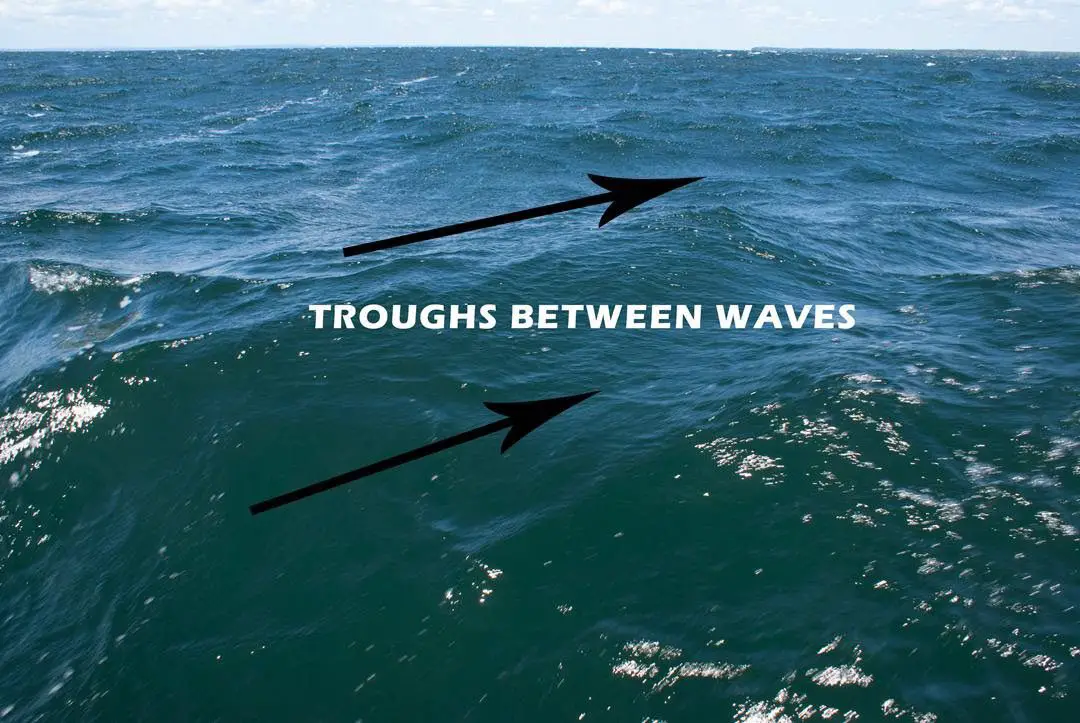
You may have heard the term “running the troughs” from some boaters. What this means is the boat driver actually takes a line, on or off plane, and runs their rig between the waves (the lowest, calmest areas). Under usual circumstances, the trough line that you take may not put you exactly at your destination however it may take you to calmer water where you can then navigate in more comfortable or safe conditions.
05 – Tacking For A Dry Ride
Have you ever wondered how sailboats can get from point A to B without a motor and they do it against the wind? They use a technique called tacking. They angle their sailboats bow toward and through the wind so that the direction from which the wind blows changes from one side of the boat to the other, allowing progress in the desired direction, miraculously against the wind.
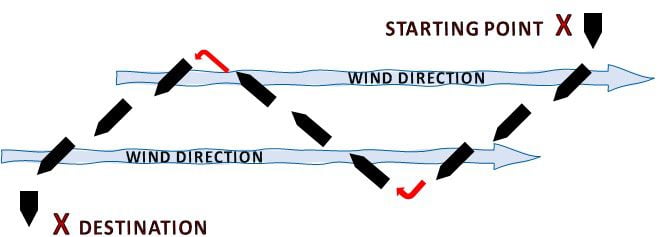
This is how a sailboat would “tack” to progress into the wind
We do a modified version of tacking when we have a destination in mind, but a strong crosswind is plowing waves into the side of the boat (usually soaking the entire crew with every wave).
For example (see image below), if we need to go straight towards a hotspot but a cross-wind is being nasty, we will drive directly upwind, well off course of our destination, cutting into the waves (enough to stay dry). Once we get to what we feel is the correct angle, we turn the boat either down-wind or we will run troughs (as in #4 above) and proceed to our target area. It works great and keeps everyone dry.
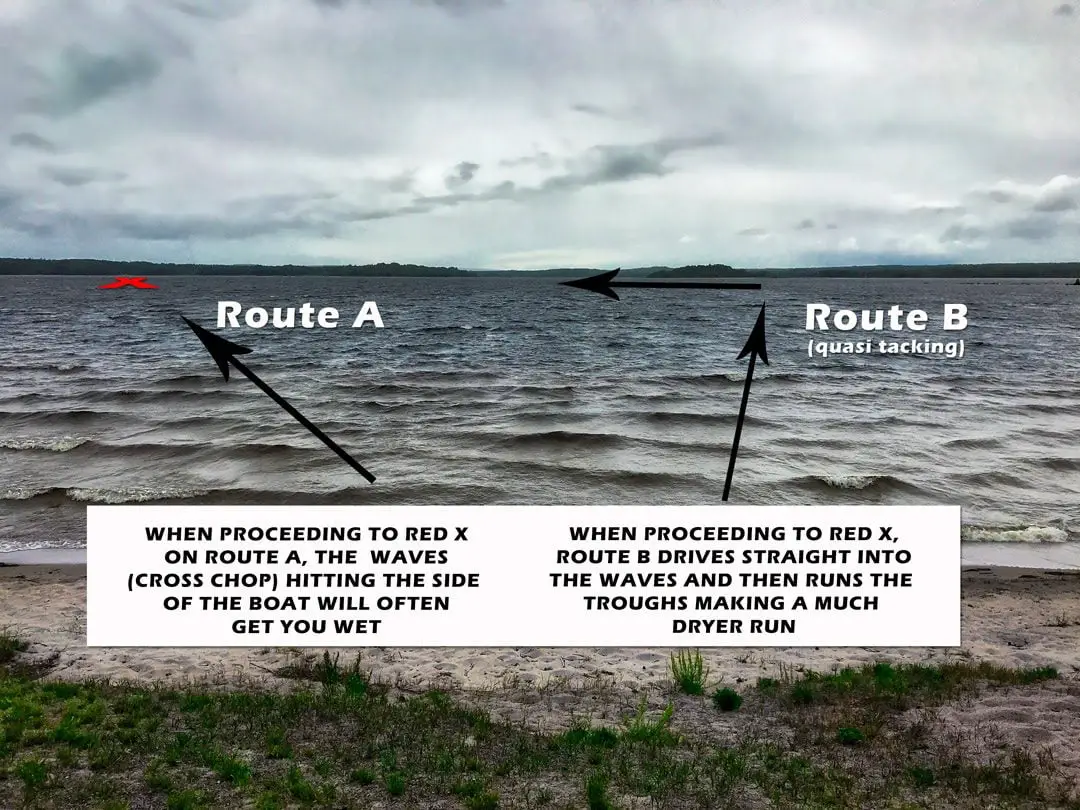
06 – Balance Removable Weight For Better Performance
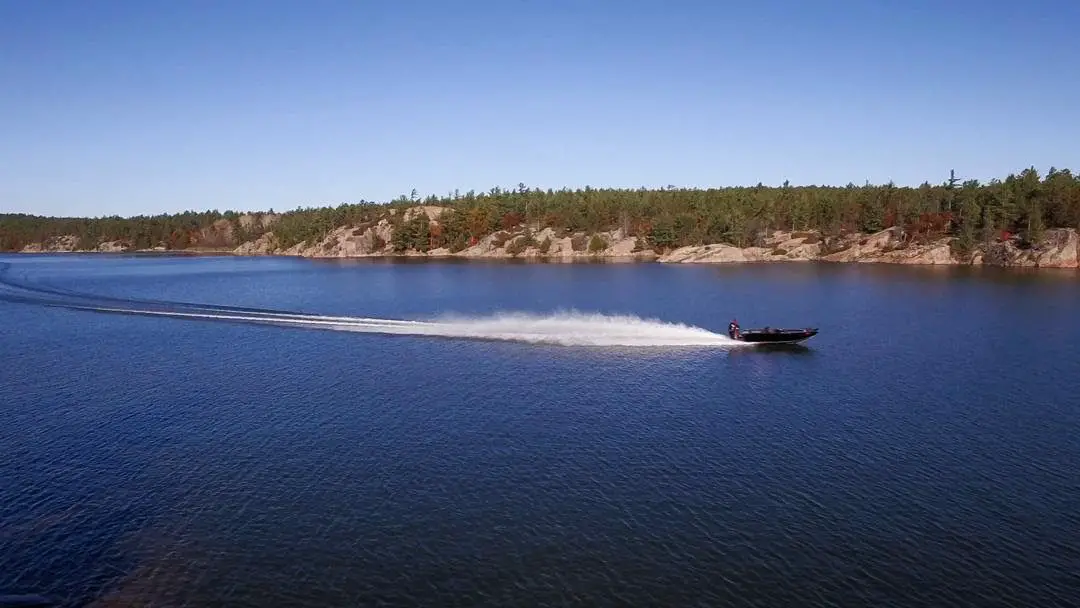
This is an easy one to do but not everyone thinks about it.
If you carry lots of fishing gear plus anything extra that adds a good deal of weight to your boat, make sure you place it in an area (if possible) that evens out the level of your boat. This is especially a good idea when you are fishing/boating alone where another body is not there to balance things out.
The smaller the boat, the more critical this can be!
07 – Don’t Come In Hot To A Dock… EASE IN
Are you one of those boaters who is fine out on the lake bombing around in open water however when it comes to returning to the dock, you tense up? Boat control is not that hard if you take your time and know what to do. Never come into a dock hot or quickly. It will ultimately end up in trouble for either your boat, the dock or worse yet, anyone standing on the dock. Come in at your boat’s slowest speed. To slow down things even more, use a forward to neutral procedure. By bumping the boat in and out of forward, believe it or not, the ultimate in control can be achieved. If you need to really compensate or stop, remember our #2-point above by using reverse to stop your boat. By going from forward, to neutral, to reverse, you’ll be docking like a seasoned boat-pro in no time.
08 – Turning In Tight Spots
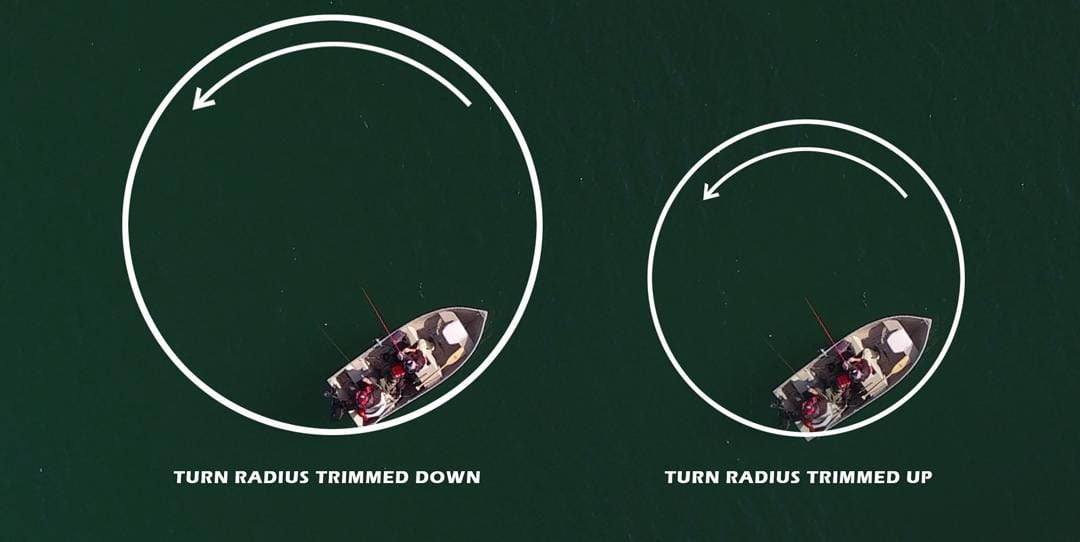
If you have ever been in a tight narrow area with your boat and had to turn around to get out, you have probably wondered why your boat takes such wide turns. It’s due to momentum i.e. slipping, sliding and drifting. A truck on a road has lots of grip. A boat in the water does not.
We discovered a trick many years ago while Crappie fishing in a tight canal. That canal was about 3-feet wider than our boat’s length (including motor). We could have turned around with the bow-mount trolling motor however we wanted to try it with the outboard.
By trimming the motor a “WAY” up (with just the propeller in the water), and turning fully in the direction we wanted to turn, the radius of our turn decreased dramatically, giving a much tighter turn.
Give it a try in open water some time. Compare an outboard motor turning first trimmed down and then trimmed up. There’s a world of difference.
09 – Tiller… When Left is Right and Right is Left… (in both forward and reverse)
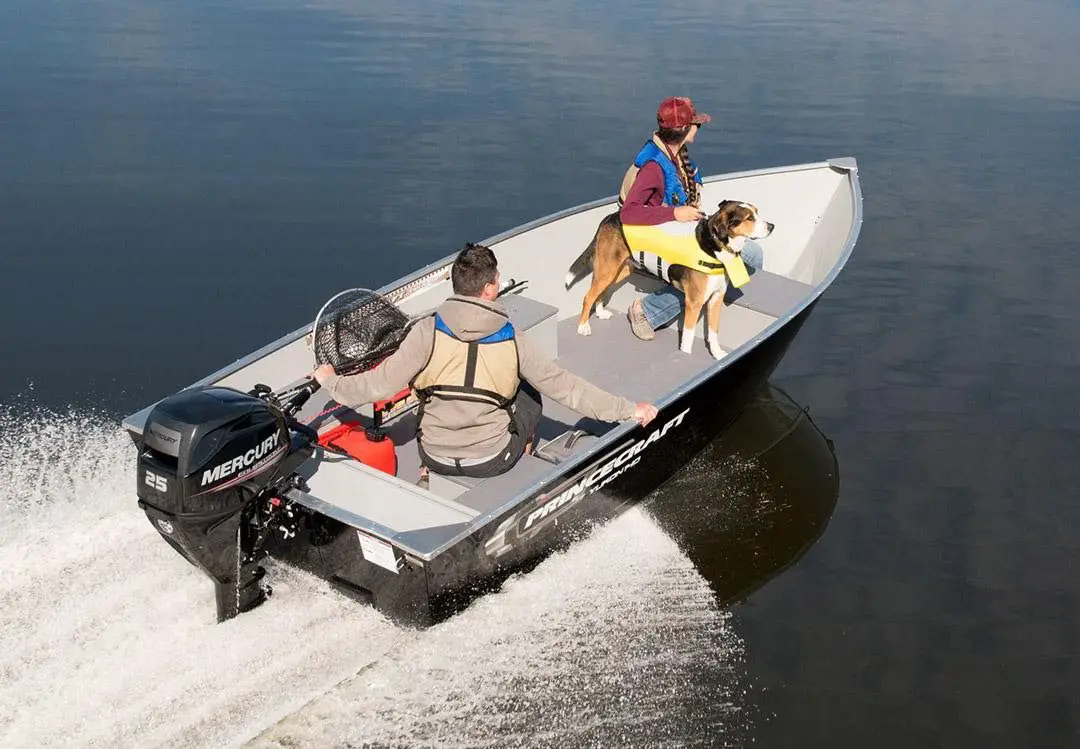
If you are at the back helm and taking on the “first time boating experience” with a tiller handle outboard, you need to remember that turning the motor one way makes the boat go the other. We know this sounds basic and rudimentary to those who drive boats however try to remember your first time running a tiller.
Tip; whichever way the throttle handle is pointing, the boat will turn the other way.
10 – 3500rpm is great for fuel economy:
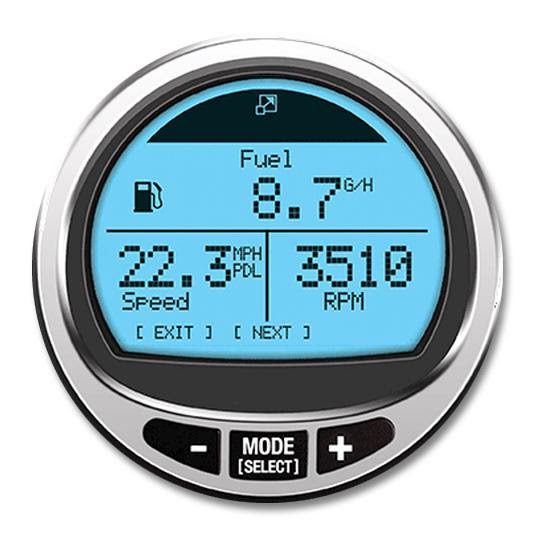
With the prices of gas being so ridiculously high right now (especially at marinas), there comes a time when conserving a bit of fuel will come in quite nicely in the personal finance department.
If you are on your way to a fishing hotspot (or on a leisurely drive back to the launch) and time is not the issue, pull that throttle back to get your boat just on plane. Adjust your trim to suit. For most boats we’ve run, it seems like that 3500rpm (give or take a few hundred) is the area that has worked best.
We noticed this on an east coast shoot in where we did a double launch day fishing in two different locations. The first destination required hardly any boat travel, so we didn’t need to top up the boat with fuel. The second, however (since the first did not pan out), required quite a bit of running… and of course we forgot to fuel up between launches! By running our Mercury in that 3500rpm range, it blew our minds as to how little fuel we burned as compared to running at higher speeds. It was a great lesson we now have in the bank when we “forget the fuel stop” again!
CONCLUSION
Hopefully, you enjoyed reading this boating article and got some solid info from it. Obviously, boating is a big part of fishing and thus, we as anglers need all the help and advice we can get to become safe and efficient at running our rigs
NOTE: if you are looking for some spring boat maintenance tips, check this article out.




